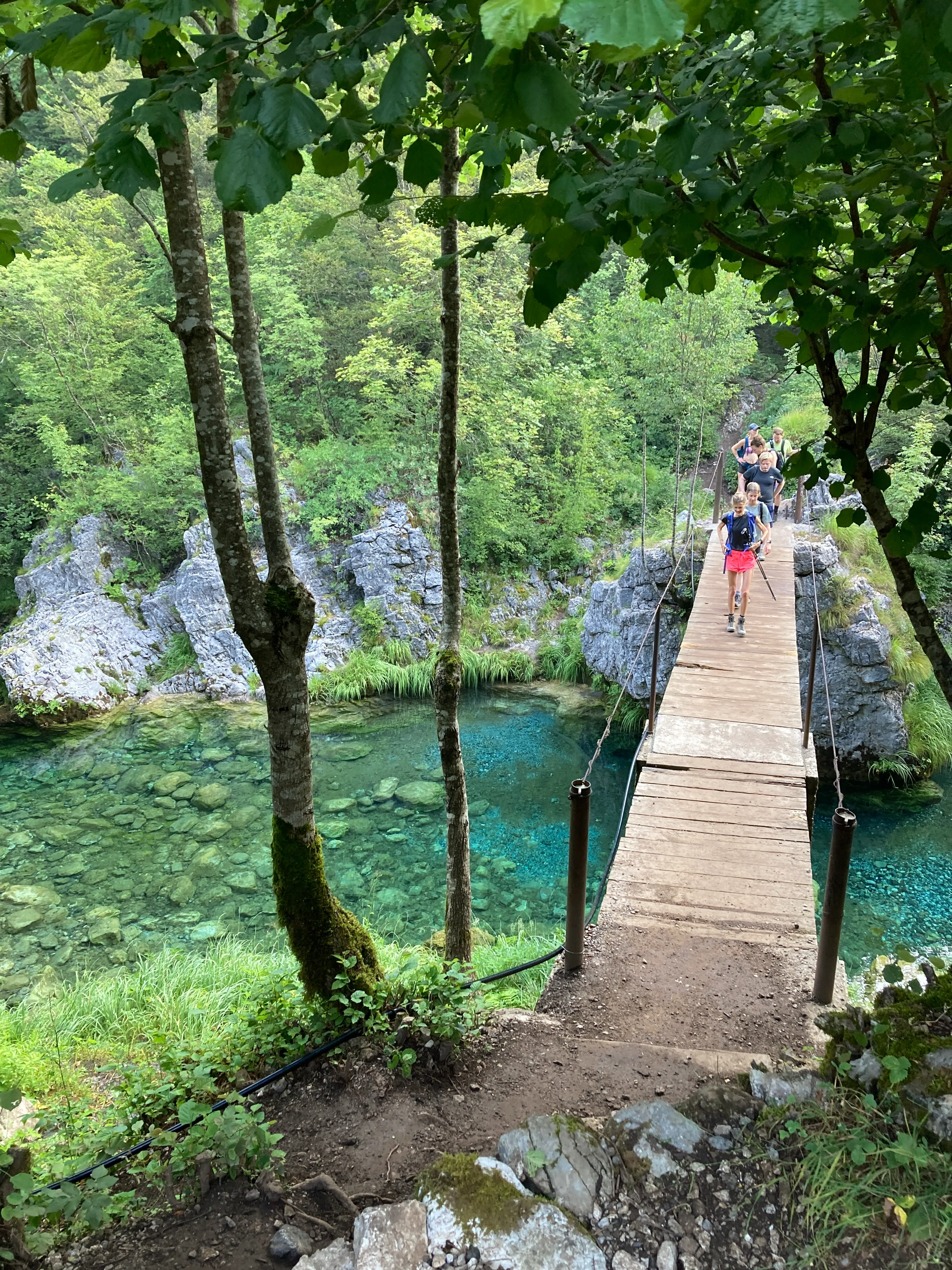Gjirokastër history and culture in Albania’s Stone City
.webp)
Gjirokastër history and culture in Albania’s Stone City
Looking for a compact slice of Albania where mountain light hits slate roofs and every lane tells a story? Gjirokastër delivers. This UNESCO-listed old town blends fortress views, Ottoman-era homes, and a living bazaar—perfect for travelers who want character, cuisine, and community. You will feel Gjirokastër's history and culture in the stone underfoot, in the songs at sunset, and in the welcome offered at a family doorstep. Give yourself time to wander; the city rewards slow mornings, second coffees, and unplanned chats with shopkeepers.
What makes the city special
- Gjirokastër Castle — The citadel crowns the ridge above the Drino Valley, its layers spanning medieval walls, a military collection, and an open-air stage for the National Folk Festival. Views sweep over the old town’s gray-tiled roofs and out to the mountains. Tucked inside are cisterns and vaulted rooms that hint at centuries of sieges and ceremonies.
- Old Bazaar (Qafa e Pazarit) — A graceful, sloping marketplace rebuilt in the 19th century after a fire. Today it’s the social heart: wood-and-stone shopfronts, crafts, cafés, and evening xhiro (strolls) where neighbors catch up. Look for tailors and woodcarvers still practicing family trades in tiny ateliers.
- Zekate House — A classic kullë (tower house) from the early 1800s with carved ceilings, painted hearths, and a grand guest room that hints at the status of its original owners under Ali Pasha’s rule. From its upper windows, you read the city like a map—roofs, courtyards, and the curve of the valley.
- Skënduli House — Another standout of domestic architecture with multiple chimneys, a hidden family hamam, and a winter room layered for warmth. Guided tours add family stories to the timber and stone, and you’ll notice clever features like spy windows and storage niches built into thick walls.
- Cold War Tunnel — Beneath the castle, a preserved bunker from the 1970s reveals command rooms, filtration units, and long corridors—an atmospheric glimpse into a tense era. The echo and cool air make the period feel close.
- Writers & memories — Gjirokastër is the birthplace of novelist Ismail Kadare. His “Chronicle in Stone” captures wartime childhood here; the author’s house, now a museum, connects literature with the city’s streets. It’s a fitting stop in a town where memory is part of the landscape.
Gjirokastër's flavour
The city breathes culture and tradition. Every few summers, the National Folk Festival turns the castle into a stage where troupes from across Albania share dances, embroidered costumes, and the haunting harmonies of iso-polyphony. Even outside festival years, music drifts from workshops and courtyards, and weddings light up summer nights. Crafts matter: stonework, woodcarving, and weaving anchor the look of the town and the pride of its people.
Food is generous and local. Try qifqi—herbed rice balls bound with egg and mint—best eaten hot from a bazaar kitchen. Follow with oshaf, a simple dessert of sheep’s milk and dried figs. Expect tangy cheeses, mountain honey, and homemade raki. Coffee culture leans long and sociable; order a strong Turkish-style cup and watch the street theater of daily life.
Hikes to try out near Gjirokastër
- Ali Pasha Bridge (aqueduct remains) — A short, rewarding walk from the Old Bazaar to a graceful stone arch tucked in a quiet valley. It’s a golden-hour favorite for photos and a feel for the historic water system that once fed the city. Bring a snack and linger by the stream.
- Antigonea Archaeological Park — Gentle trails cross a plateau of Hellenistic ruins, farm paths, and viewpoints over the Drino Valley. It’s a calm place to pair landscape with history, with wildflowers in spring and big skies year-round.
- Labovë → Libohovë medieval path — A countryside link between villages that ends at Libohovë Castle. Wide views, scattered orchards, and an easy rhythm suit casual walkers. Pack sun protection; shade is intermittent.
- Benjë Thermal Baths & Lengarica Canyon — Soak beneath an Ottoman-era bridge, then wander along the river corridor where cliffs narrow into a photogenic slot. Spring and autumn are especially pleasant, and the water feels great after a city morning.
- Nivica Canyon, Kurvelesh — Wilder and more remote: limestone walls, small waterfalls, and welcoming highland villages. Paths vary; go with a local guide if you plan to scramble or enter the gorge. Expect patchy signal and real-deal quiet.
Architecture & Everyday Life
Gjirokastër’s nickname—“the Stone City”—comes from its shale roofs and silver-gray palette. Houses rise in tiers, each designed to catch light and sightlines. The kullë form mixes defense and domestic life: thick walls, narrow windows, and upper rooms with ornate ceilings and stained glass for receiving guests. Inside, winter rooms are insulated and low; summer rooms open to breeze and view. You’ll spot carved cupboards, painted fireplaces, and wooden ceilings arranged like starbursts—details that speak to craft and pride. Street fountains and small courtyards create pockets of cool where neighbors swap news and fruit.
People shape the mood as much as the stones. Shopkeepers greet you with “mirë se erdhët” (pronounced roughly “meer seh ER-dhət,” meaning “welcome!”), neighbors chat across balconies, and artisans still carve, weave, and stitch in tucked-away workshops. Late afternoons bring the xhiro: a slow communal walk through the bazaar, kids weaving between tables, elders comparing harvests, and travelers folded into the flow. It’s everyday theater—unrehearsed, warm, and easy to join.
Practical information
Old-town lanes are steep and often polished—wear shoes with good grip. House-museums and small sites are frequently family-run; carry a bit of cash for entry and a coffee. The Cold War Tunnel and castle interiors stay cool year-round, so pack a light layer even in summer. Trails around the city can be lightly marked; download an offline map or GPX and ask your guesthouse for up-to-date advice. In warm months, start early and carry plenty of water; after rain, canyon paths can be slick. For wilder terrain like Nivica, book a local guide, as conditions change quickly and phone signal can be patchy. Dress modestly for house visits, greet hosts, and follow the rhythm—unhurried, curious, respectful.
Best time to visit
April to June brings green hills, mild temperatures, and clear light—ideal for photos and walking. September and October offer warm days, grape harvest energy, and thinner crowds. July and August are lively and hot; they suit travelers who want long evenings in the bazaar and festival buzz. Winter is quiet and atmospheric, good for museum time and castle views between crisp showers. Breezes pick up in the afternoons on the ridge, so plan hilltop visits for early or late daylight.
Ready to explore?
Gjirokastër rewards unhurried travelers—fortress history above, living culture below, and stone houses holding centuries of stories. Curious if this fits your style? Explore today our curated tours around Albania and Gjirokastër—from culture-rich city stays to countryside walks and castle-to-bazaar experiences. Write to us and let us take you on an amazing journey.


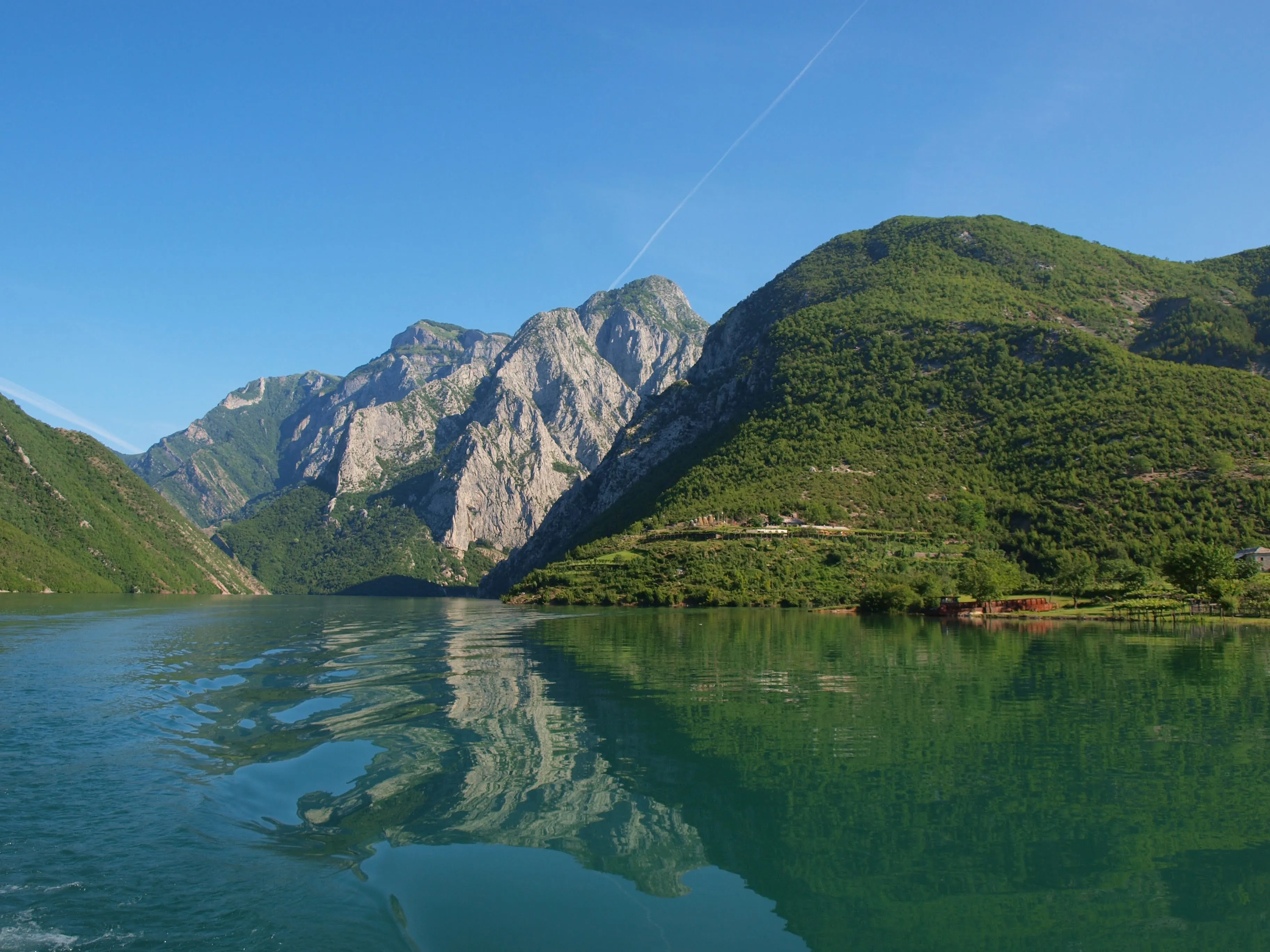

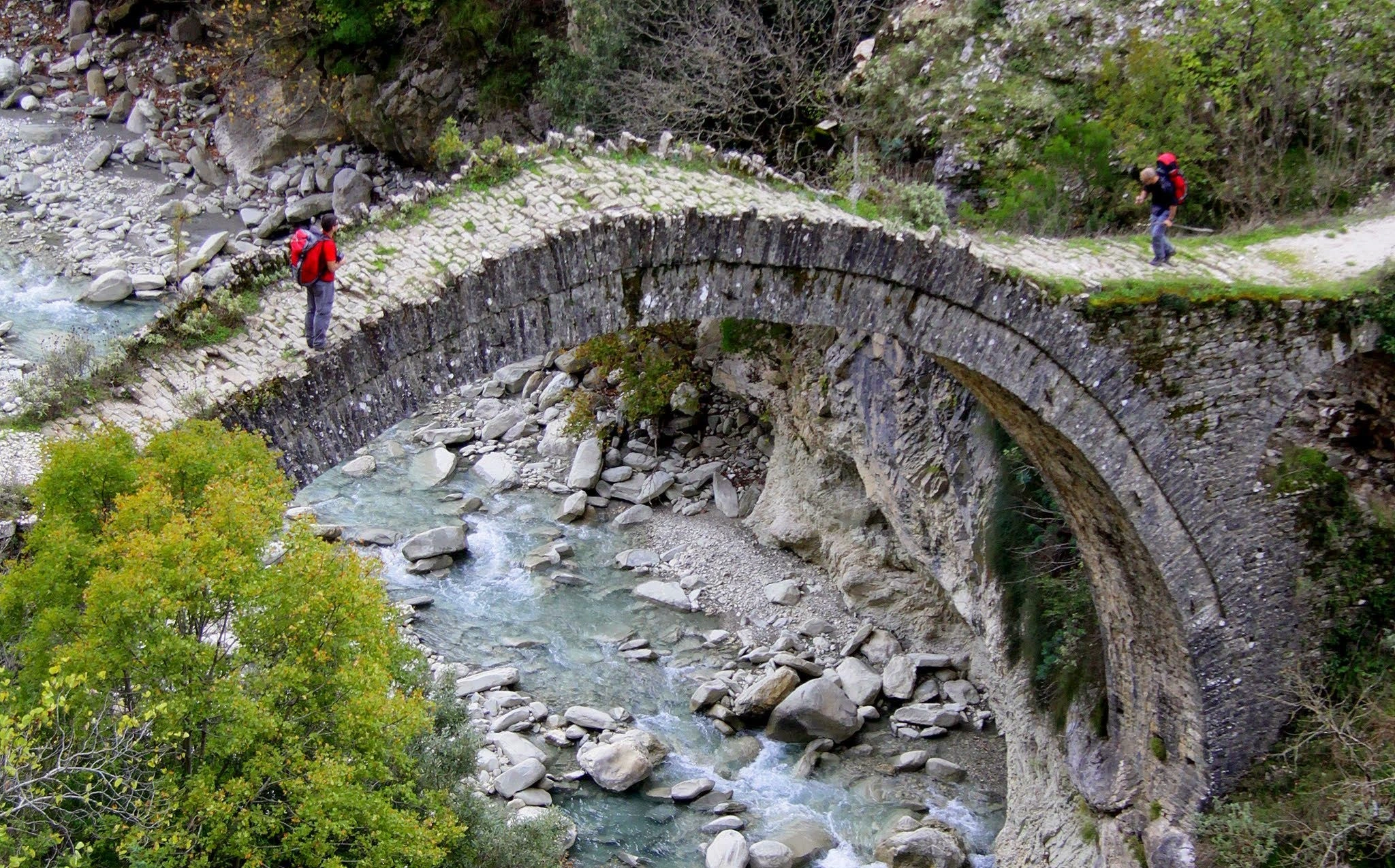
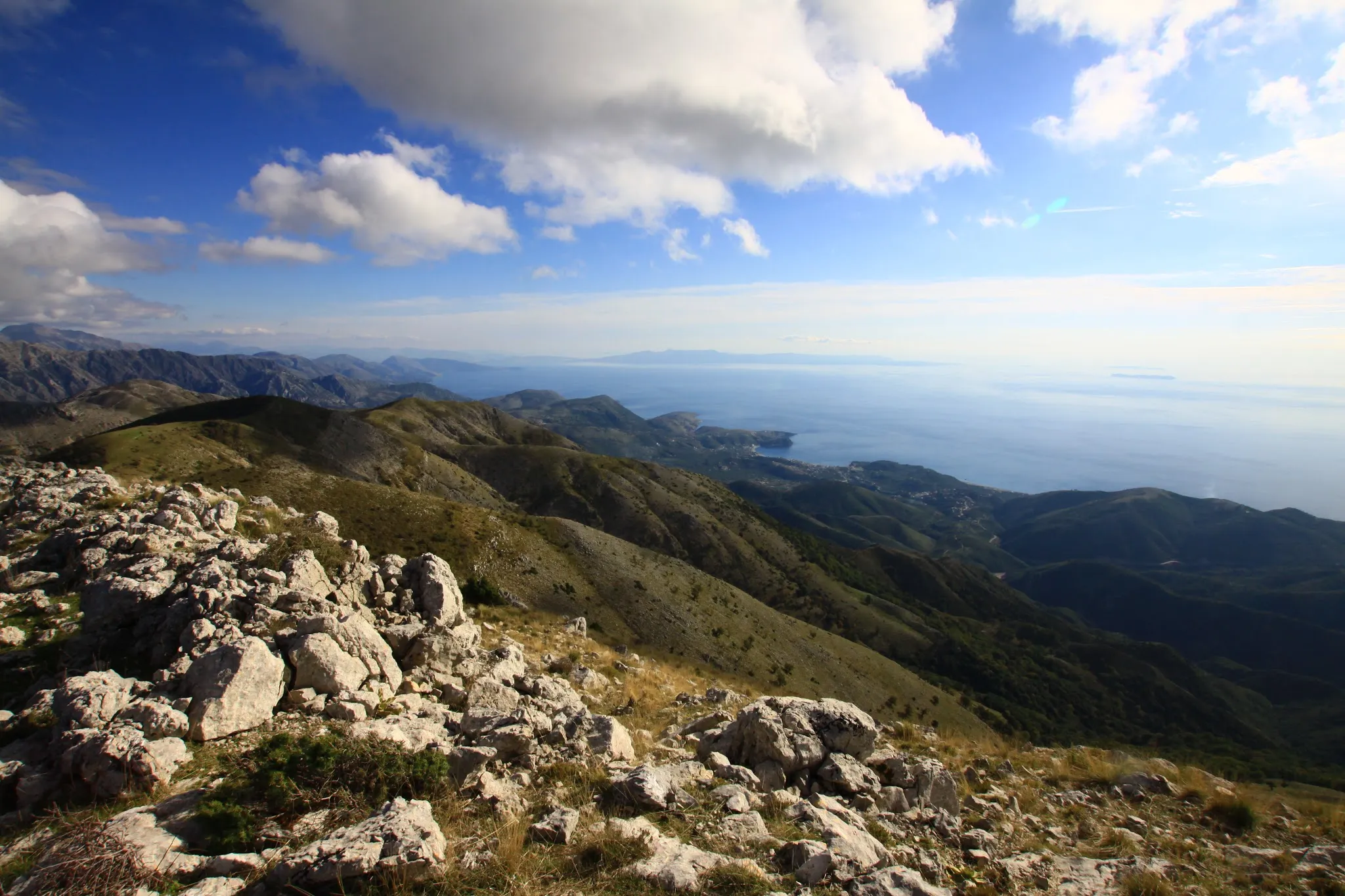
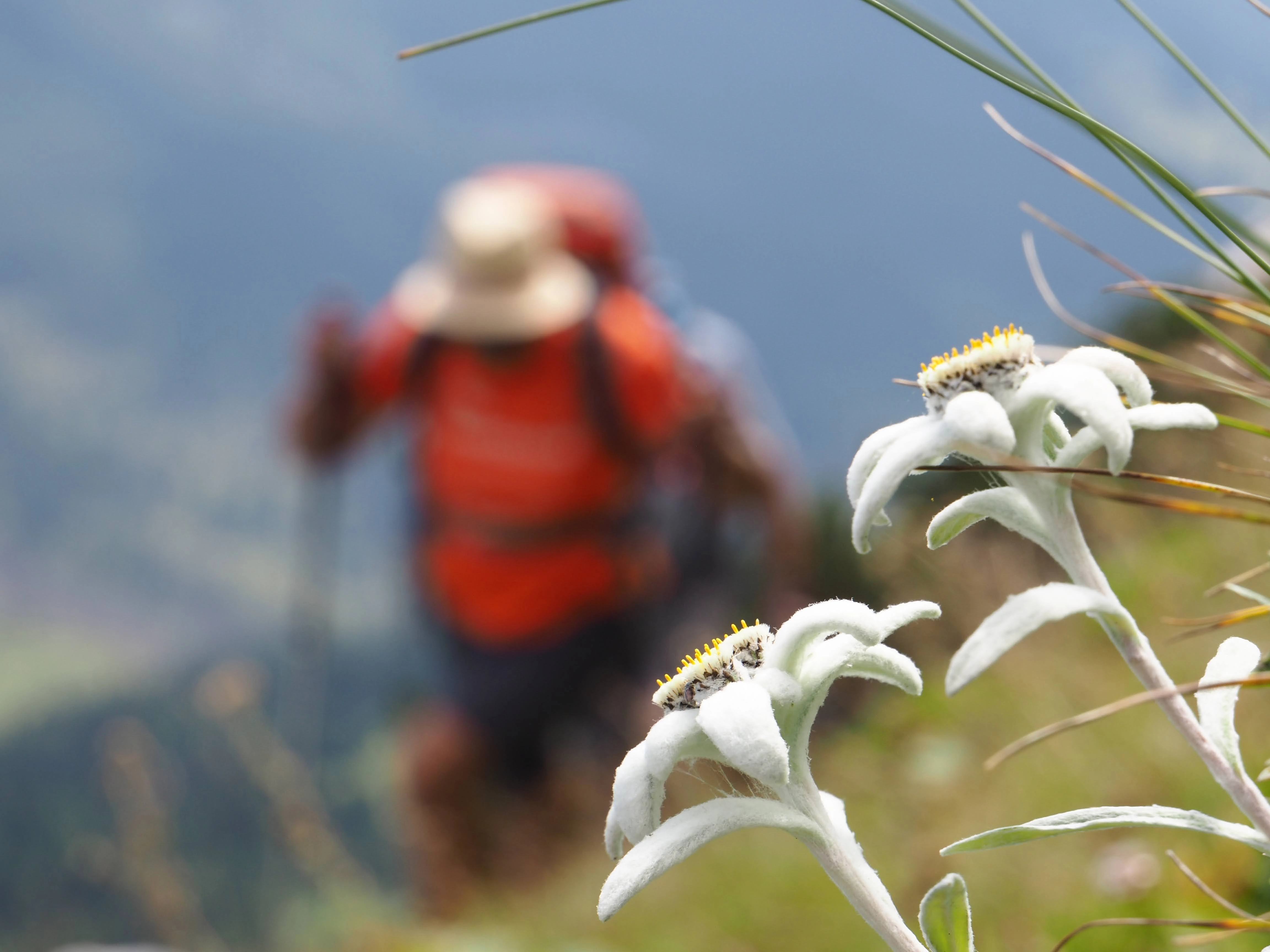
.webp)
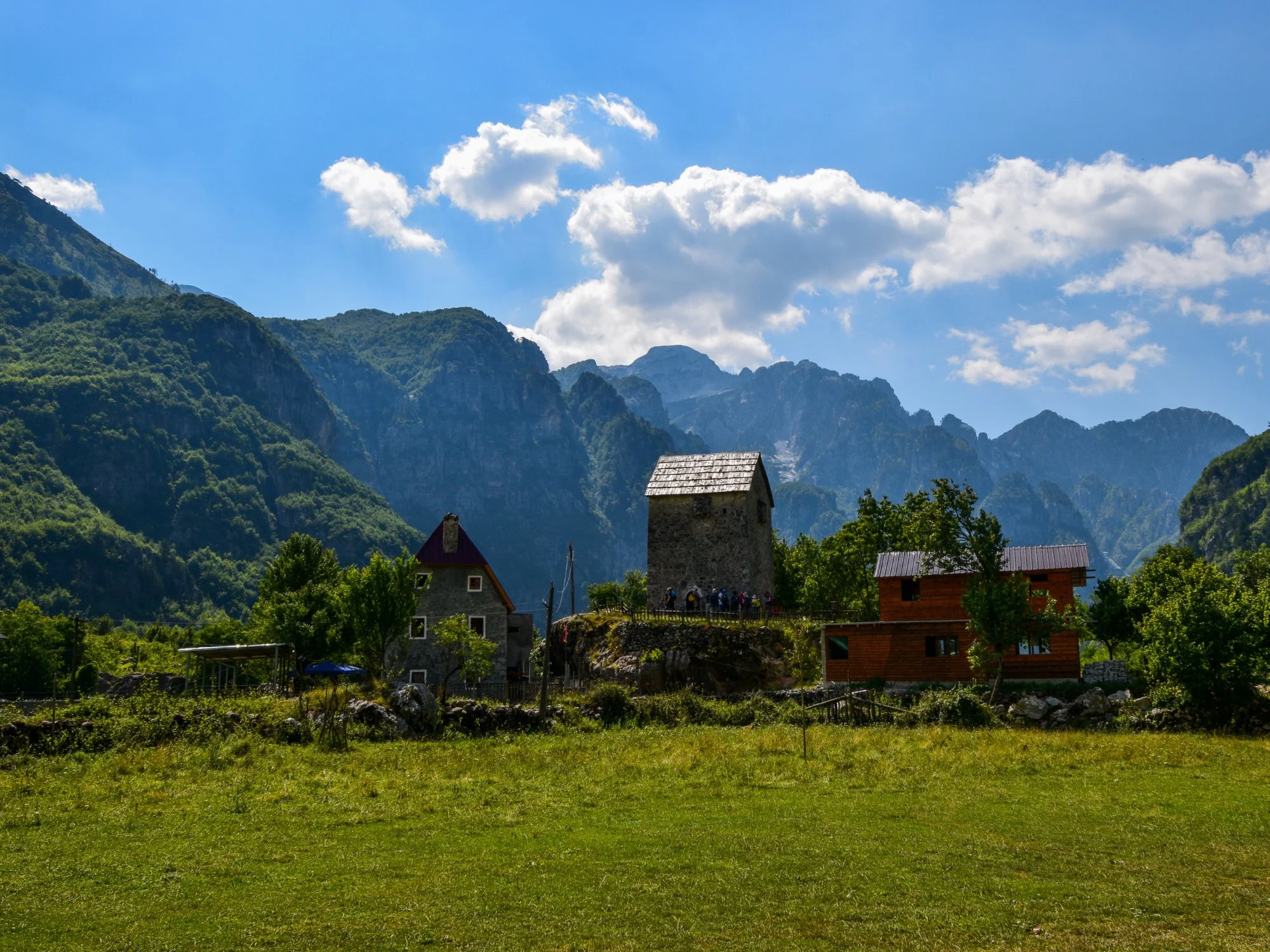
.webp)
